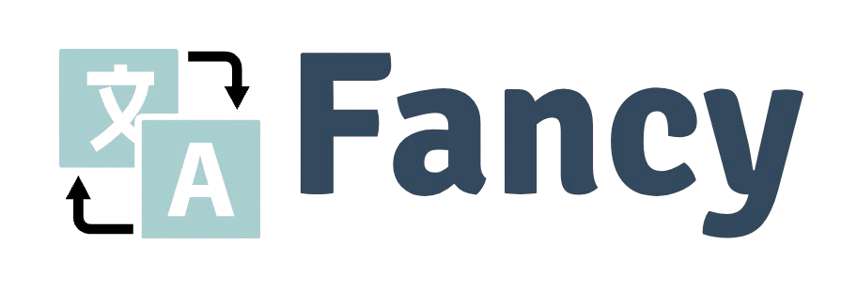Before modern Dutch, before Middle Dutch, there was Old Dutch — the earliest known stage of the Dutch language. Spoken over 1,000 years ago in parts of what is now the Netherlands, Belgium, and northern France, Old Dutch (also called Old Low Franconian) laid the foundation for one of Europe’s most widely spoken Germanic languages.
In this article, we’ll explore what Old Dutch was, where and when it was spoken, how it sounded, and why it still matters today.
What Is Old Dutch?
Old Dutch, or Old Low Franconian, refers to the earliest documented form of the Dutch language, spoken between roughly 500 and 1150 AD. It is a West Germanic language, closely related to Old High German and Old Saxon, and is the direct ancestor of both Middle Dutch and modern Dutch.
While not standardized and mostly preserved in fragments, Old Dutch was the everyday spoken language in the early medieval Low Countries.
Where Was Old Dutch Spoken?
Old Dutch was spoken in areas that are today:
- The Netherlands
- Flanders (northern Belgium)
- Parts of northern France
- The Lower Rhine region in western Germany
Timeline: The Evolution of Dutch
| Period | Language Stage | Timeframe |
|---|---|---|
| Pre-Old Dutch | West Germanic roots | Before 500 AD |
| Old Dutch | Early Low Franconian | 500–1150 AD |
| Middle Dutch | Standardized dialects | 1150–1500 AD |
| Early Modern Dutch | Renaissance-era Dutch | 1500–1800 AD |
| Modern Dutch | Contemporary language | 1800–present |
Key Features of Old Dutch
1. Alphabet and Writing
Old Dutch used the Latin alphabet, introduced by Christian missionaries, but it was written inconsistently. There was no standardized spelling, and scribes wrote words phonetically, influenced by Latin or Frankish pronunciation.
2. Grammar
- Highly inflected language – like Latin or Old English
- Nouns had three genders: masculine, feminine, neuter
- Declensions for case: nominative, accusative, genitive, dative
- Verb conjugations were more complex than in modern Dutch
3. Vocabulary
Much of the vocabulary is Germanic in origin, similar to Old High German or Old English. Some Latin loanwords appear due to religious and scholarly influence.
Examples:
- “thioda” (people) → modern Dutch: “volk”
- “scriban” (to write) → modern Dutch: “schrijven”
- “dag” (day) → still “dag” today
Examples of Old Dutch Texts
Because Old Dutch was mostly spoken, very few texts survive. The most famous examples include:
✦ The Wachtendonck Psalms
Fragments of Latin psalms with Old Dutch translations — among the oldest known examples of the language (9th century).
✦ Hebban olla vogala
A poetic line often cited as the first recorded Dutch sentence:
“Hebban olla vogala nestas hagunnan hinase hic enda thu.”
Translation: “Have all the birds begun nests, except me and you?”
How Is Old Dutch Different from Modern Dutch?
| Feature | Old Dutch | Modern Dutch |
|---|---|---|
| Grammar | Complex, inflected | Simplified |
| Word order | Flexible | Fixed (SVO) |
| Vocabulary | Germanic roots, some Latin | Germanic + loanwords |
| Writing system | No standard spelling | Standard Dutch spelling |
Old Dutch vs Old English: Are They Similar?
Yes — both come from the West Germanic language family and share many similarities.
| Word (Modern English) | Old Dutch | Old English |
|---|---|---|
| Bread | brod | hlāf (loaf) |
| King | kuning | cyning |
| Water | watar | wæter |
Why Study Old Dutch?
Studying Old Dutch gives us insight into:
- The evolution of modern Dutch
- The history of the Low Countries
- How languages develop and change over time
- The roots of Flemish, Afrikaans, and regional Dutch dialects
It’s especially valuable for historians, linguists, and Dutch language learners who want to go deeper into the language’s foundations.
Is Old Dutch Still Spoken?
No, Old Dutch is no longer spoken. It evolved into Middle Dutch around 1150 AD. However, traces of Old Dutch live on in dialects, etymology, and historical documents.
The Old Dutch language may be long gone from daily use, but its legacy is everywhere — in modern Dutch vocabulary, grammar, and culture. Whether you’re a linguist, language lover, or history buff, diving into Old Dutch is like unlocking a time capsule of Europe’s medieval past.
FAQs About Old Dutch
Q: Is Old Dutch the same as Dutch today?
A: No. It’s the ancient form of Dutch, with very different grammar and vocabulary. Modern Dutch evolved from it over centuries.
Q: Can Dutch speakers understand Old Dutch?
A: Not without study. The languages are related, but Old Dutch is too different to be easily understood today.
Q: Is Old Dutch related to German?
A: Yes. Both come from West Germanic roots, but they evolved separately.
